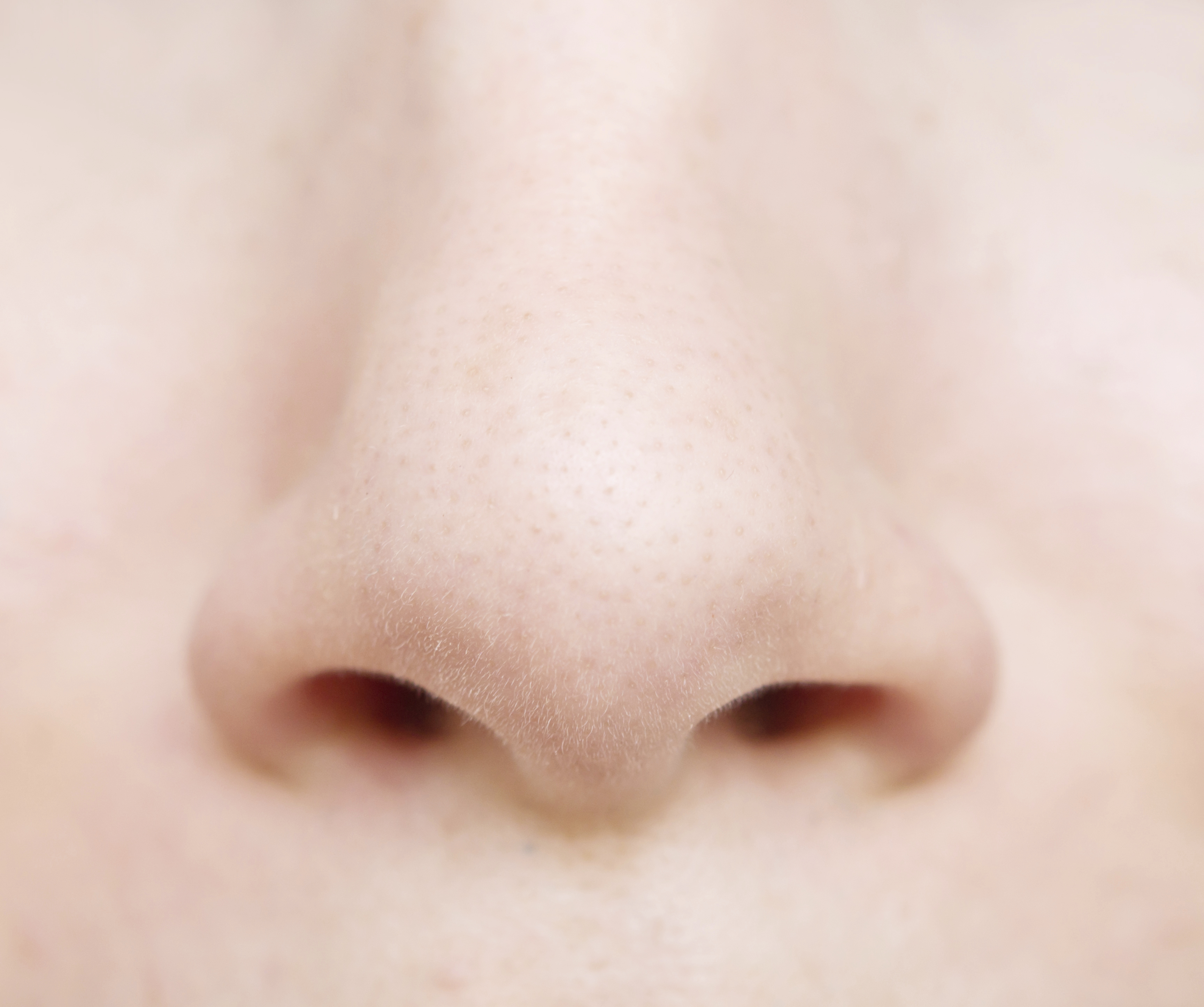Retin-A Treatment
-
Content written by Andrew Proulx, MD | Reviewed by EnhanceMyself Medical Team | Last updated 6/17/2023
- Overview
Overview
What is Retin-A?
Retin-A, known by its generic name Tretinoin, has continued to prevail over the past 40 years as a safe and effective treatment for multiple skin conditions. It’s one of the longest-used cosmetic remedies and the first FDA approved acne medication on the market today due to its powerful and reliable effects.
Other commonly used brand names include:
- Atralin
- Avita
- Refissa
- Renova
- Retin-A Micro
- Tretin-X
Who can use Retin-A?
Healthy teens or adults with mild to moderate acne or sun damage can use Retin-A. Those with more severe acne should speak to their dermatologist about a stronger treatment, such as oral medication or Accutane.
Pregnant women should not use Retin-A. Also, do not use if you have a retinoid hypersensitivity, have reactions to Vitamin A, or have paraben sensitivity.
Individuals with deep wrinkles or creases should not expect dramatic results from using Retin-A.
As always, seek advice from a medical professional prior to using any prescription strength topical creams.
How does it work?
Retin-A is a synthetic form of vitamin A used to treat various skin conditions. Vitamin A has several important functions in the body, including helping cells reproduce normally and aiding with vision. It also plays a vital role in the skin’s immune system by improving skin cell integrity.
The skin is our barrier to the outside world, and our first line of defense against potentially dangerous pathogens. Retin-A works at a cellular level to actually change what our genes express and create more youthful, healthy skin that is less prone to damage from acne or UV rays.
To protect your skin, it recommended that you wear sunscreen, avoid the outdoors during peak UV hours, seek shade when available, and wear hats/sunglasses when under direct sunlight.
Benefits of Retin-A
There are numerous benefits of Retin-A, such as:
- Speeds up healing
- Lightens skin
- Fades discoloration and evens out skin tone
- Replaces older skin with newer skin
- Prevents breakouts
- Reduces appearance of fine lines and wrinkles
- Creates smoother skin
- Shrinks and unclogs pores
- Rebuilds collagen
- Inhibits growth of sunspots
- Protects skin from sun damage
Additional uses
Retin-A has been studied extensively throughout the past 40 years in the dermatology world, primarily for acne and sun damage.
More recently, it has been shown to be effective in treating other conditions as well such as skin and pigmentation disorders, lesions of the mouth and the eye surfaces, excessive scarring, and infections.
Some studies have even shown evidence of tretinoin playing a role in preventing cancer in high-risk patients. Recent and ongoing research have been finding promise for Retin-A for the following conditions:
- Melanoma
- Stretchmarks
- Cervical dysplasia
- Ulcers (for wound healing)
- Alopecia (hair loss)
- Warts
- Kyrle’s Disease/Darier’s Disease
- Psoriasis
- Rosacea
- Acanthosis Nigricans (dark discolorations in skin folds and creases)
How to use Retin-A
Begin by washing your face with a gentle cleanser that does not contain alcohol or soap.
Next, apply a pea-sized amount of cream to the affected areas (typically face and neck) one time per day, preferably at night before bed. Your doctor will advise you on any other medications or moisturizers to apply in conjunction with the Retin-A cream.
As your skin adjusts to the treatment, you may notice what seems like an increase in your normal acne, skin sensitivity, or dryness. This is normal and will subside.
It may take up to 7 weeks to notice an improvement in your skin. Be sure to follow your dermatologist’s directions and notify him or her if any changes have been made so adjustments can be made as necessary.
Side effects
In the beginning weeks of treatment, it is common to experience redness, peeling, burning, swelling, and increased sensitivity to the sun. Some patients may experience crusting and lesions on the skin.
These side effects are considered normal and not a reason to stop treatment. Treatment frequency may need to be started gradually (used every other day) and ramped up to daily use when the skin can tolerate it.
What’s the cost?
There are many different concentrations of prescribed Retin-A, so talk to your dermatologist about which one is right for you. On average, retail price is $180, but with insurance coverage, it may be reduced to as low as $55. The cost and size of the tube of topical cream are dependent upon what your goals are and your dermatologist’s plan of care.
While there are many over-the-counter retinol products that contain Retin-A, the concentrations of those products are not as high as the creams used in studies. These over-the-counter products haven’t been shown to be as effective; some claim to work the same over a longer period of time. These lower concentrated products typically cost less, ranging from $20-$90.
Ready to take the next step? The best types of doctors for this treatment are dermatologists, plastic surgeons, or facial plastic surgeons. Find a doctor near you.
EnhanceMyself.com relies on sources such as professional medical organizations, government agencies, academic institutions, and peer-reviewed scientific journals to write it’s articles. Learn more about how we ensure our content is accurate, in-depth, and unbiased by reading our editorial guidelines.
*Medical Disclaimer: This website does not provide medical advice. Read more.





